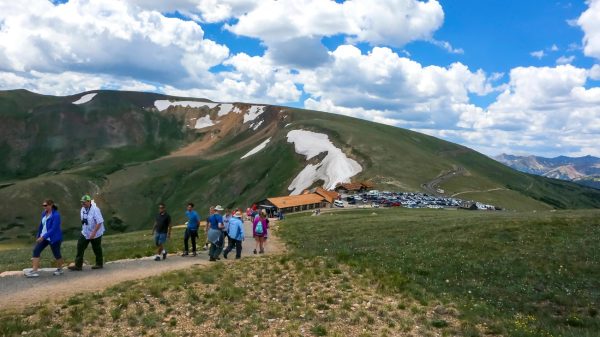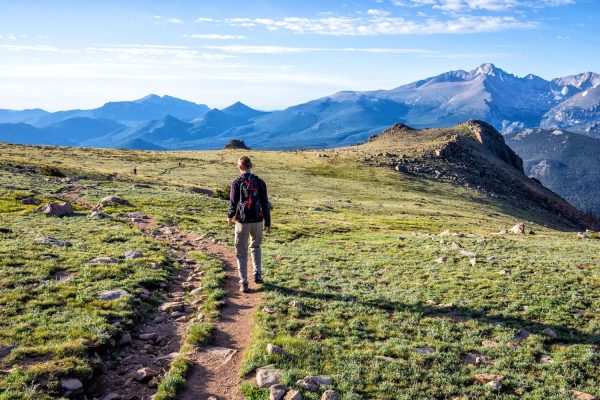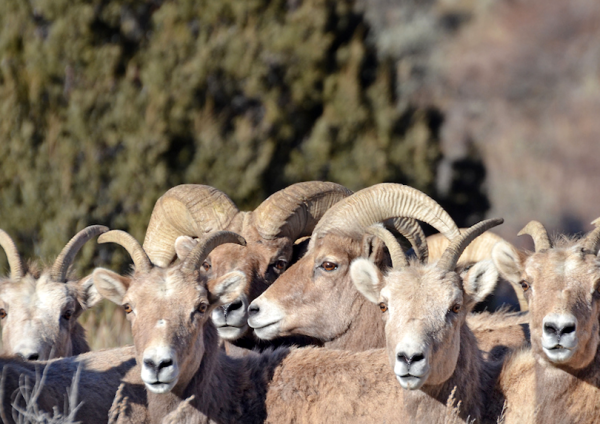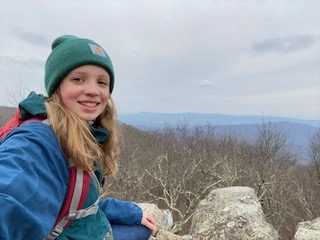
If you’re a national park nerd like we are, it’s likely that you’ve heard of Rocky Mountain National Park. This special pocket of wilderness contains towering mountains, evergreen forests, and even the landscape of a mountain tundra. The Rocky Mountains host the Continental Divide, which runs from north to south through this park. The Rockies even hold small glaciers and evidence of larger glaciers that worked to form this park in the past. There are so many other amazing sights and experiences to enjoy at Rocky Mountain National Park along with these features- keep reading to find out more!
Established: January 26th, 1915
Location: Colorado
Amount of annual visitors: Around 4.5 million
Hiking: To start out, drive to the Alpine Ridge Visitor Center; Alpine Ridge trail, which is a short 0.6-mile hike right outside of the visitors center. This will give you a great panoramic view, but it is very crowded.
A less-crowded trail option that offers views that are just as good – if not better – than Alpine Ridge lies about a quarter of a mile from the visitor center. This trail is a personal favorite of Will’s, but you’ll have to search for it because the trail is unnamed.


Some other trails in the Rockies include:
Ute Trail to Tombstone Ridge (3.8 miles)
Bear Lake at sunset (0.5 miles round trip and wheelchair accessible)
Sprague Lake at sunrise (0.7 miles round trip with an elevation gain of 34 feet)
Sky Pond (8.6 miles with an elevation gain of 1,771 feet)

Wildlife
While the Rocky Mountains boast incredible alpine views, the park offers many opportunities for visitors to see the wildlife that inhabit this unique place.
Moose are rarely seen in Rocky Mountain National Park, but they can occasionally be spotted if you’re lucky enough! Elk are extremely common in this park, and you may be able to find bighorn sheep at lower elevations if you visit Rocky Mountain National Park during the late spring and early summer. During these time periods, bighorn sheep move to lower areas of the park to find nutrients and minerals that they wouldn’t usually see in their high-elevation mountain habitats.


Photos (from Will)






